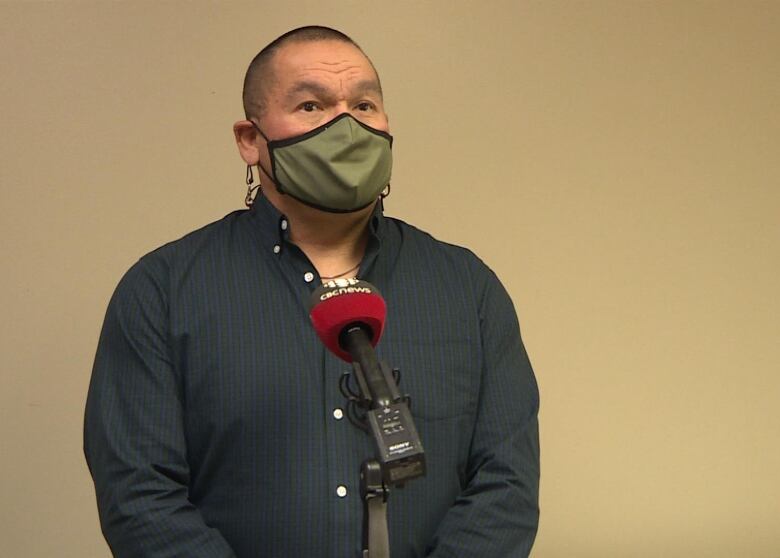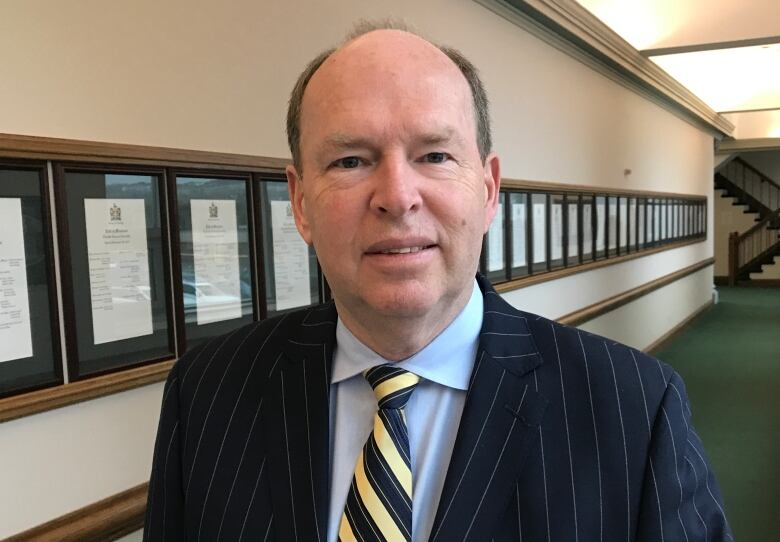Nunatsiavut government to take over child welfare services from provincial department
Children should be cared for in their communities, Nunatsiavut minister says

The Nunatsiavut government's Department of Health and Social Development has announced it willtake over child welfare services from the provincial government.
Gerald Asivak, Nunatsiavut's minister of health and social development,told CBC's Labrador Morningthat his government has long known there is overrepresentation of Indigenouschildren and families in the child welfare system.
"The practice, we feel, is very colonial," Asivak said. "It's outdated."
Asivak said children and families in Nunatsiavut have long said there is a need for their own system of child care.
"We listened loud and clear, and we have been taking action for a number of years on a lot of fronts," he said.

The current system, said Asivak,offers insufficientprevention and intervention, and lacks a nuanced understanding of Inuit realities.
"There [are]many traumas involved that the current practice doesn't really understand or appreciate," he said, namely those related to residential schools and relocation.
Asivaksaid he hopes a new system that is Inuit-focused, informed by Inuit waysand reflective of the lived experiences of the Nunatsiavut people, will help rectify the problem.
Keeping kids at home
According to 2020 statistics, of the 285 Indigenous children and youthfrom Labrador under provincial care,fewer than half are in their home communities.
One of the primary purposes of the Nunatsiavut government's child welfare plan, Asivaksaid, will be to keep as many kids as possible in the environment they're most familiar with.
John Abbott, provincial minister of children, seniors and social development,says his department is committed to that cause.
"The shared goal here is that the children are supported, the families are supportedand that the family units stay together," he said.
"That's got to be our number onegoal."

Abbottsaid his department is pleased that the Nunatsiavut government is ready to begin preparing the implementation of its child welfare program, and that the move "can only benefit the Inuit children and theirfamilies in their territories."
The department is also encouraged by therecent reduction in the number of children coming into care, including in Indigenous communities, he said.
"Once the children are supported and sustained, then a lot of the other social issues that are at play in our communities can be addressed as well."
Asivaknoted an increase in foster families in Nunatsiavutin recent years, as well asan influx of new social workers, and increased collaboration with the provincial department all signs of success, he said.
Allowing kids to continue in their own schools and activities is pivotal, he said.
"We want healthy children and healthy families in their own communities to have their kinship, their support, to know where they come from."
With files from Labrador Morning












_(720p).jpg)


 OFFICIAL HD MUSIC VIDEO.jpg)
.jpg)



























































































